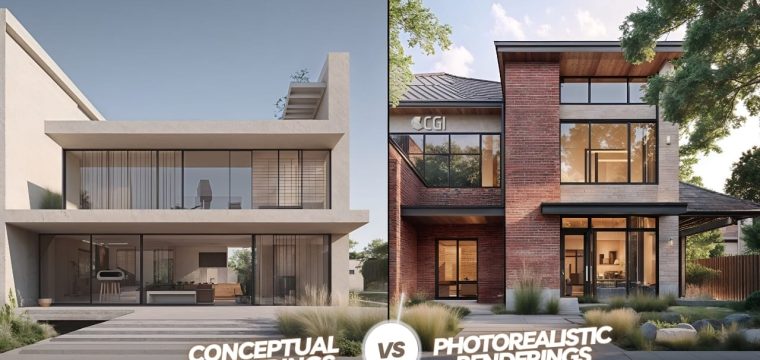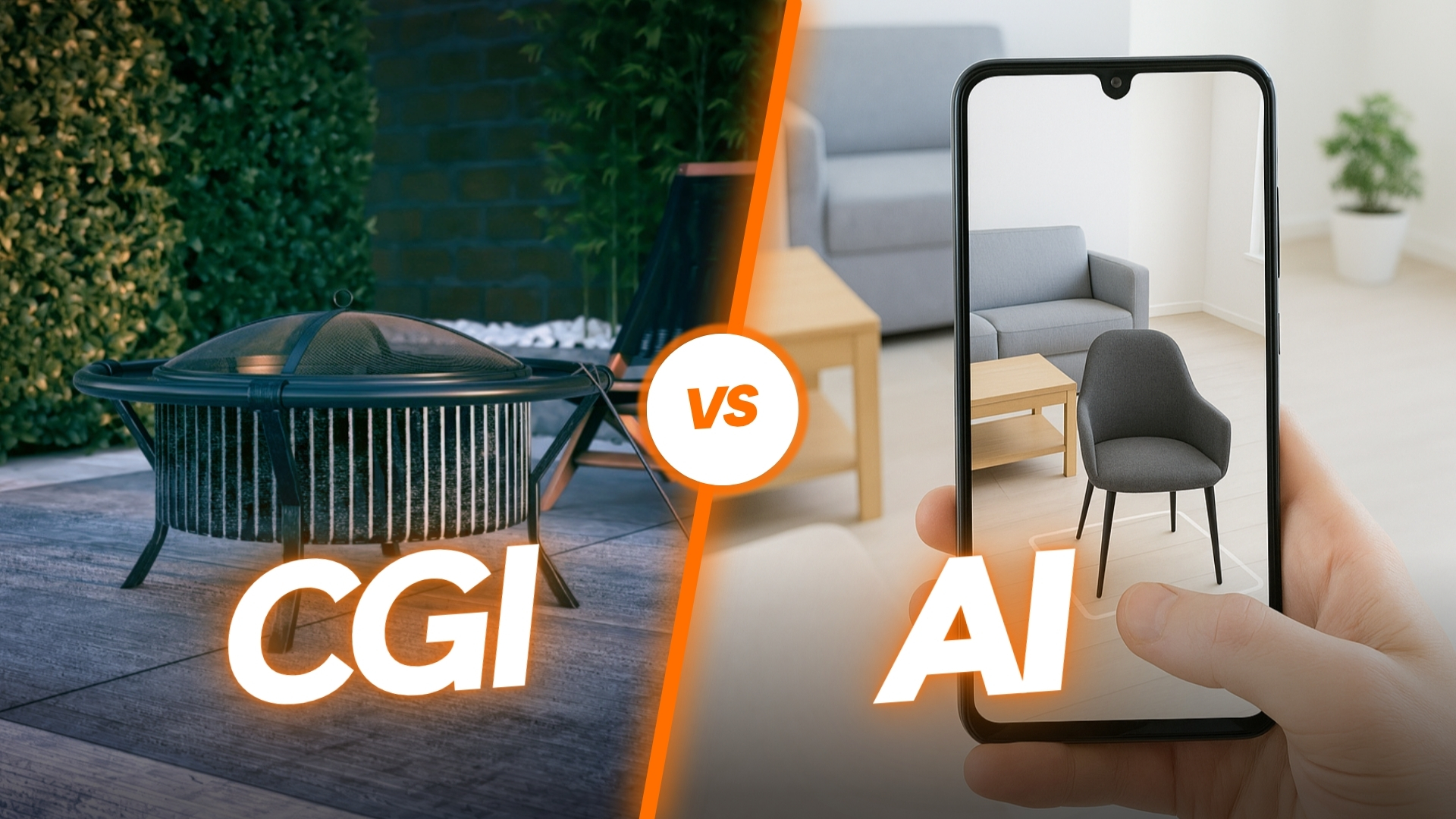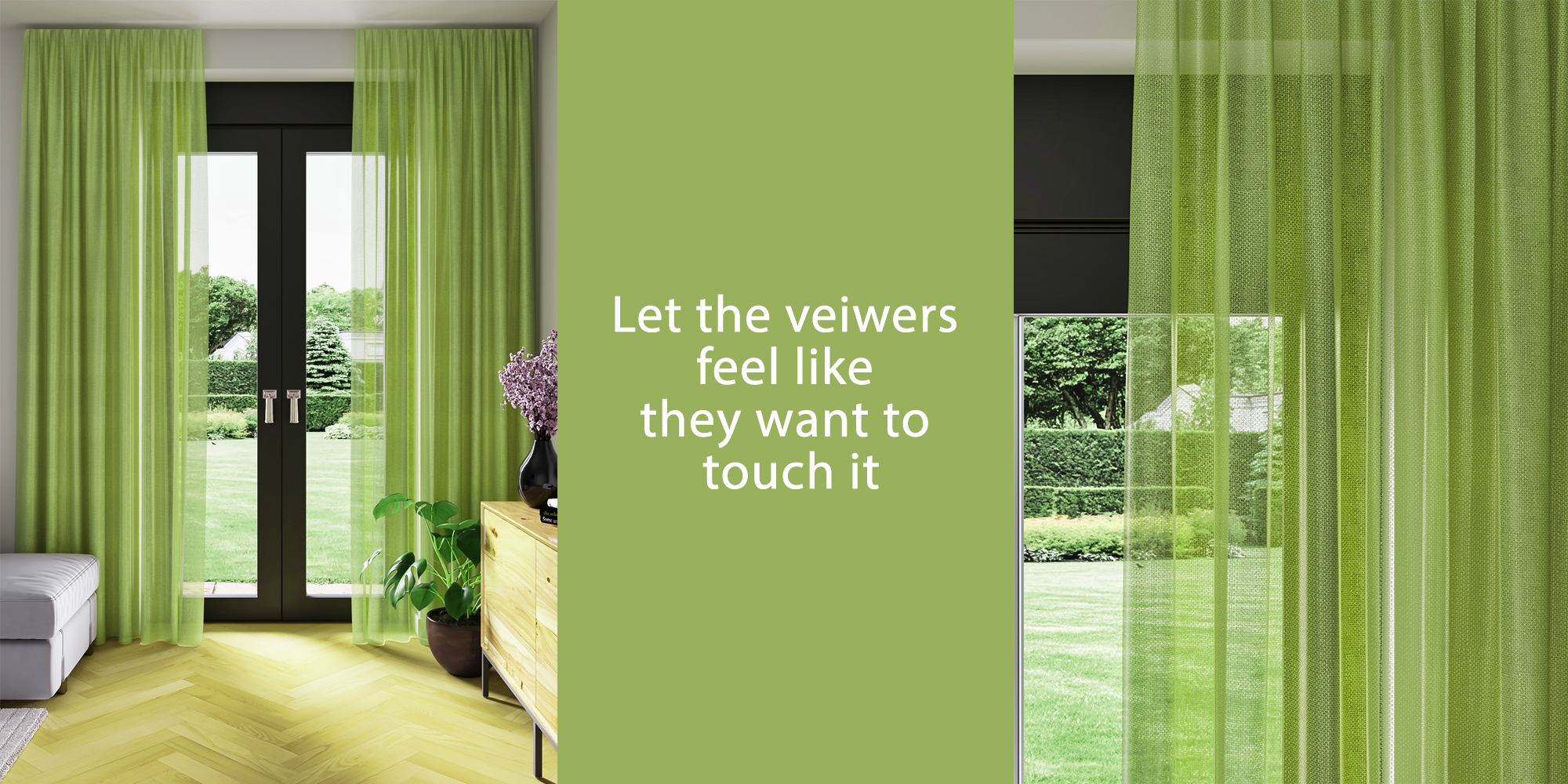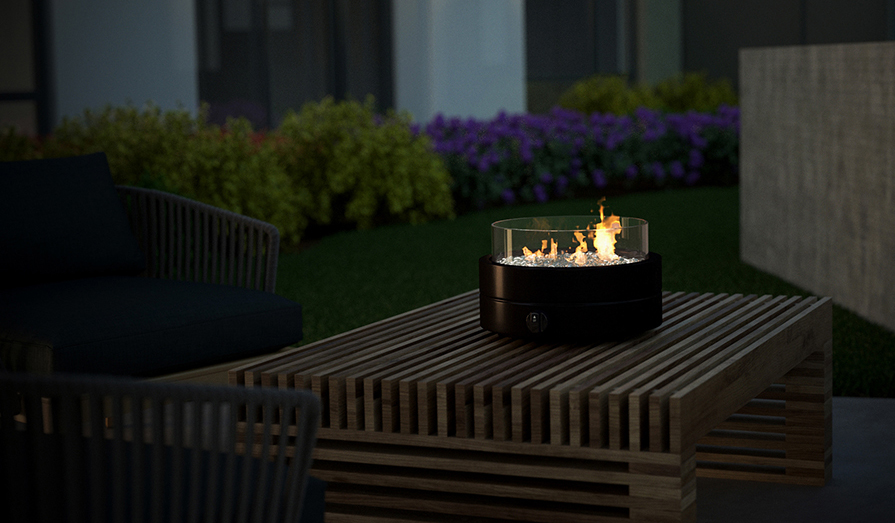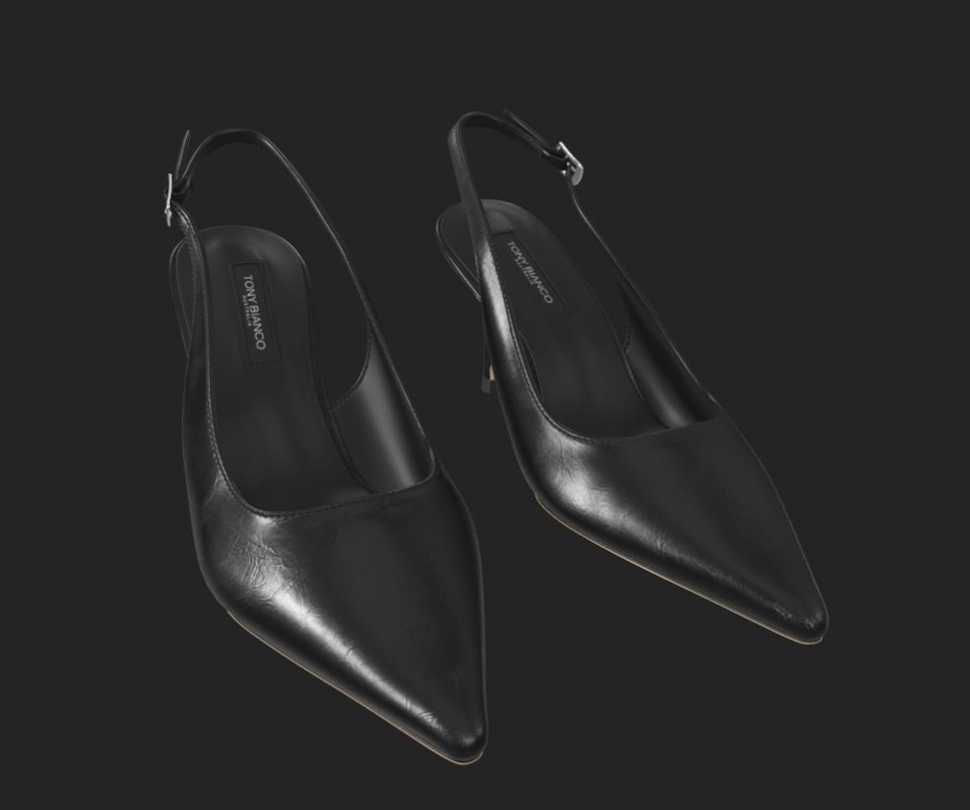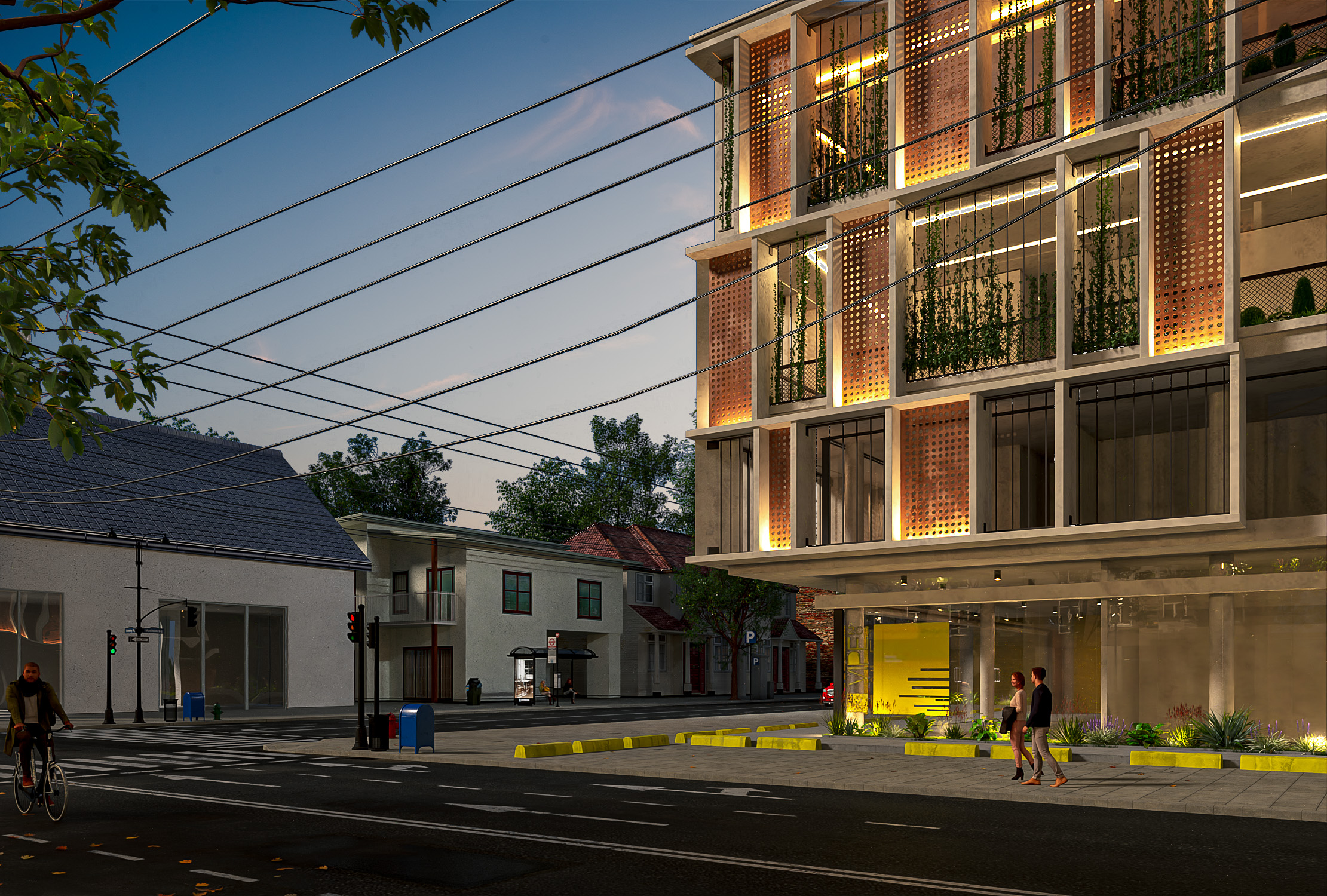$2.5 million project on the line. Three minutes to impress. And you’re stuck deciding between two rendering options that could make or break your pitch. Sound familiar? Whether you’re an architect, developer, or design professional, choosing between conceptual and photorealistic renderings isn’t just a choice. Sometimes it’s a strategic decision that can shape your project’s success. Let’s explore both styles, so you can make an informed decision.
What Are Conceptual Renderings?
Conceptual renderings are simplified visualizations of architectural designs. They prioritize creative expression and idea generation. It capture the spirit and emotions behind a design, highlighting the overall vision rather than every tiny detail.

Key Features of Conceptual Renderings:
- Simplified visuals
- A focus on general composition.
- Abstract Representation
What Are Photorealistic Renderings?
Photorealistic renderings, on the other hand, are all about precision and realism. These visuals replicate real-life textures, lighting, and details, making them almost indistinguishable from actual photographs.

Key Features of Photorealistic Renderings:
- High attention to detail with accurate materials and lighting.
- Perfect for showcasing final designs to clients or marketing a product.
- Ideal for a marketing product.
- Realistic textures and finishes.
- Dynamic lighting effects, including shadows and reflections.
Differences Between Conceptual and Photorealistic Renderings
Aspect | Conceptual Renderings | Photorealistic Renderings |
Purpose | Idea exploration and communication | Detailed visualization for approval |
Detail Level | Low detail, focus on concepts | High detail, close to real life |
Time and Cost | Quicker and more affordable to produce. | Requires more time and resources due to high complexity. |
Production Speed | Generally quicker to produce | Takes longer due to complexity |
Audience | Internal teams and early-stage stakeholders. | Clients, investors, and public-facing presentations. |
Stage of the Project | Early stages for exploring creative possibilities. | Later stages for showcasing finalized designs. |
This table provides a clear comparison to help you decide which rendering style best fits your project. Still, confused? Let’s Continue.
Choosing the Right Type for Your Project
When to Choose Conceptual Renderings
If you’re in the brainstorming phase or need to convey an idea quickly, that may be your best bet. They’re perfect for:
- Internal design discussions.
- Early-stage presentations.
- Projects where creativity and exploration take precedence.
For example, if you’re pitching a building’s design to your team, it can effectively showcase the layout.
When to Choose Photorealistic Renderings
Photorealistic renderings shine when your project is ready to be showcased to clients or the public. Use them for:
- Marketing materials.
- Client presentations
- Showcasing the final look of a design.
For instance, an architectural firm presenting a luxury apartment to potential buyers would benefit from photorealistic visuals that capture every texture, reflection, and light angle.
Can You Combine Both?
Absolutely! Even this approach may maximize the impact of your visuals. You can use both rendering styles at different stages. For example:
- Start with conceptual renderings to explore ideas.
- Transition to photorealistic renderings to finalize design.
Making the Right Choice
To decide which rendering style fits your project:
- Define Your Goals: Are you exploring ideas or presenting a finished product?
- Consider Your Audience: Is the rendering for internal team discussions, client approval, or marketing purposes?
- Assess Your Budget and Timeline: How much time and resources can you allocate to the rendering process?
Case Studies
Conceptual Rendering Example: For a House Renovation project we created conceptual renderings to explore various layouts, color schemes, and architectural features. These renderings helped stakeholders visualize different options.
Photorealistic Rendering Example: In the Rubin Residence 3D Interior Rendering Project, we showcased the stunning interior design with photorealistic renderings. These highly detailed visuals accurately depicted the materials, lighting, and overall ambiance. This helped clients to take informed decisions before construction began.
Conclusion
Choosing between conceptual and photorealistic renderings doesn’t have to be complicated. It’s about matching the style to your project’s stage, audience, and objectives. Conceptual renderings are great for the early phases of design, while photorealistic renderings are for final presentations and marketing.
By understanding these differences and their applications, you can ensure your project communicates effectively and achieves its goals. If you need professional help in creating stunning renderings—conceptual or photorealistic—reach out to our team. We’re here to help you.
We Got Answers
1. What is the difference between conceptual and photorealistic renderings?
Conceptual shows basic ideas and forms, while photorealistic aims to look like actual photographs.
2. When should I choose conceptual renderings over photorealistic ones?
Conceptual for early design phases and ideas; photorealistic for final presentations and marketing.
2. Are conceptual renderings faster to create?
Not always. Each requires different skills and time investments.
3. Which type is better for architectural visualization?
It depends on your project phase. Both serve different purposes.
4. How do conceptual renderings help in client presentations?
They focus on core ideas without getting lost in details.
5. Are photorealistic renderings more expensive?
Pricing depends on complexity, not style.
6. Does choosing conceptual renderings save time?
Yes, especially during early design phases.
7. How do I decide between the two?
Consider your project phase and audience needs.
8. Can I mix both styles in one project?
Yes, it’s common to use both at different project stages.
9 . What are the advantages of combining both?
You get the best of both: quick design development and detailed final presentations.

